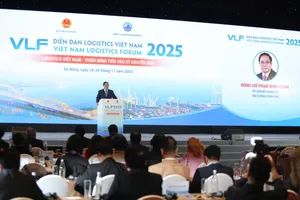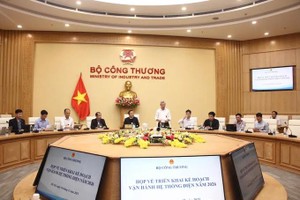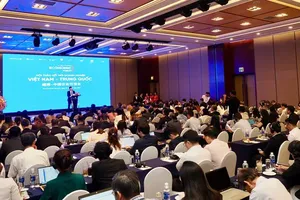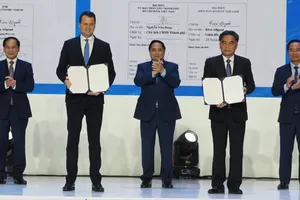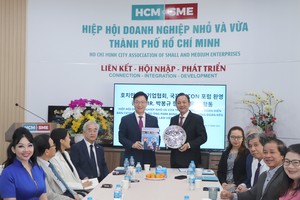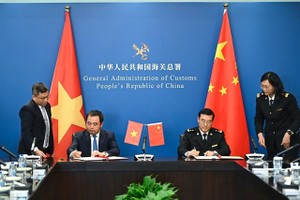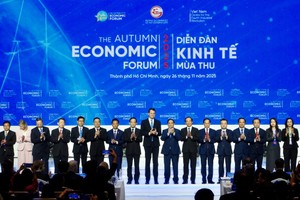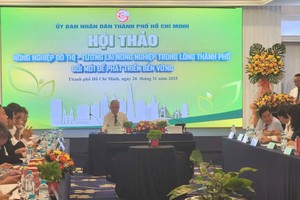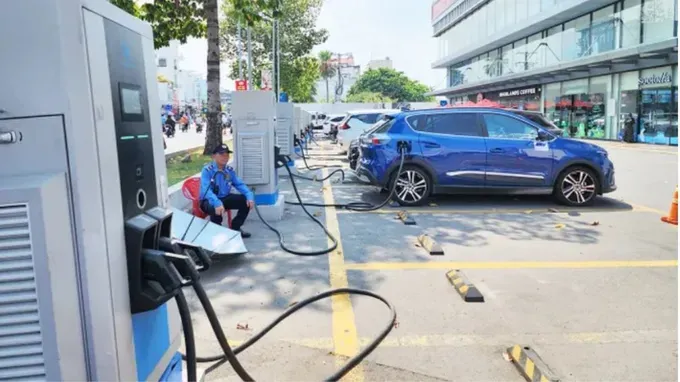
The event, co-organized by Fast+ Charging Station Joint Stock Company (Fast+) and V-Green Global Charging Station Development Company (V-Green), aimed to provide an overview of the charging station market and discuss solutions for developing infrastructure to support electric vehicles in major urban centers.
According to data from V-Green, Vietnam currently has approximately 230,000 electric vehicles (EVs) produced by VinFast, supported by around 5,000 fast-charging stations, each capable of charging a car in 20 to 30 minutes, and a total of 55,000 charging connectors.
Meanwhile, the country operates about 17,000 gas stations equipped with 500,000 fuel pumps, where refueling typically takes only 5 to 10 minutes per vehicle.
Accordingly, with the rising number of EVs and the hypothetical scenario in which all internal combustion engine cars are replaced by electric vehicles, the current charging capacity would only meet about 3 percent of the required demand, because the charging time is longer.
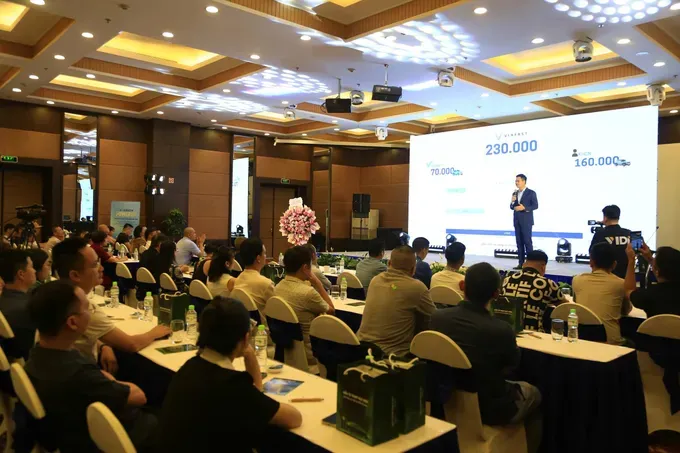
Director of Fast+ Charging Station Joint Stock Company, Nguyen Phi Long, emphasized that charging stations are a strategic link in the green transport ecosystem. He noted that Fast+ alone has deployed 2,473 charging stations nationwide, accounting for more than 60 percent of all franchised stations, including both home chargers and fast-charging facilities.
The shift from gasoline-powered vehicles to electric vehicles (EVs) in Vietnam is accelerating, driven by supportive government policies, lower operating costs, and growing environmental awareness.
However, the biggest challenge remains the underdeveloped infrastructure, such as limited site availability, insufficient grid capacity, and inconsistent legal and regulatory procedures.
To address these challenges, businesses have proposed several solutions, including the development of curbside charging stations, partnerships with government offices to utilize available land outside of business hours, and the integration of solar-powered charging systems to optimize energy supply and reduce pressure on the national power grid.

